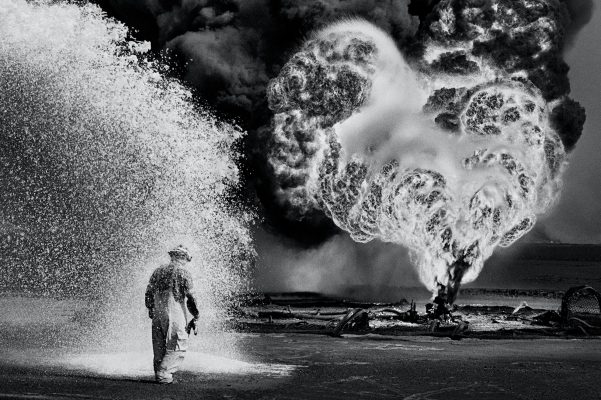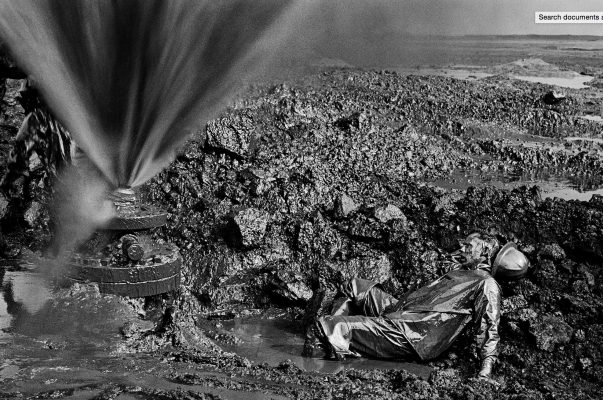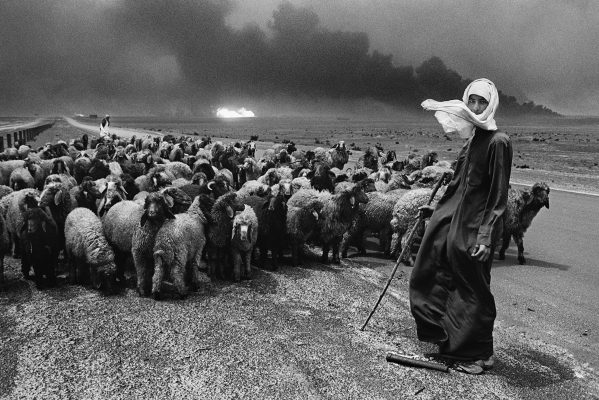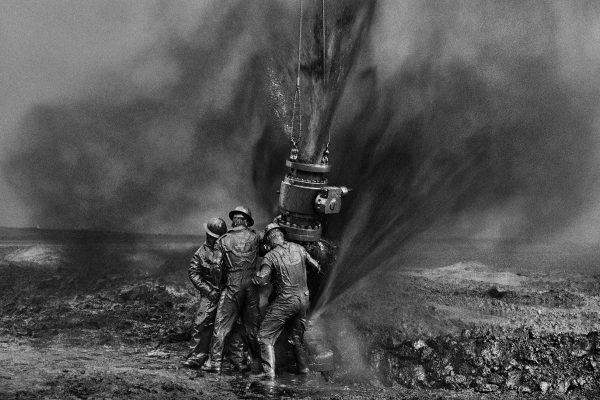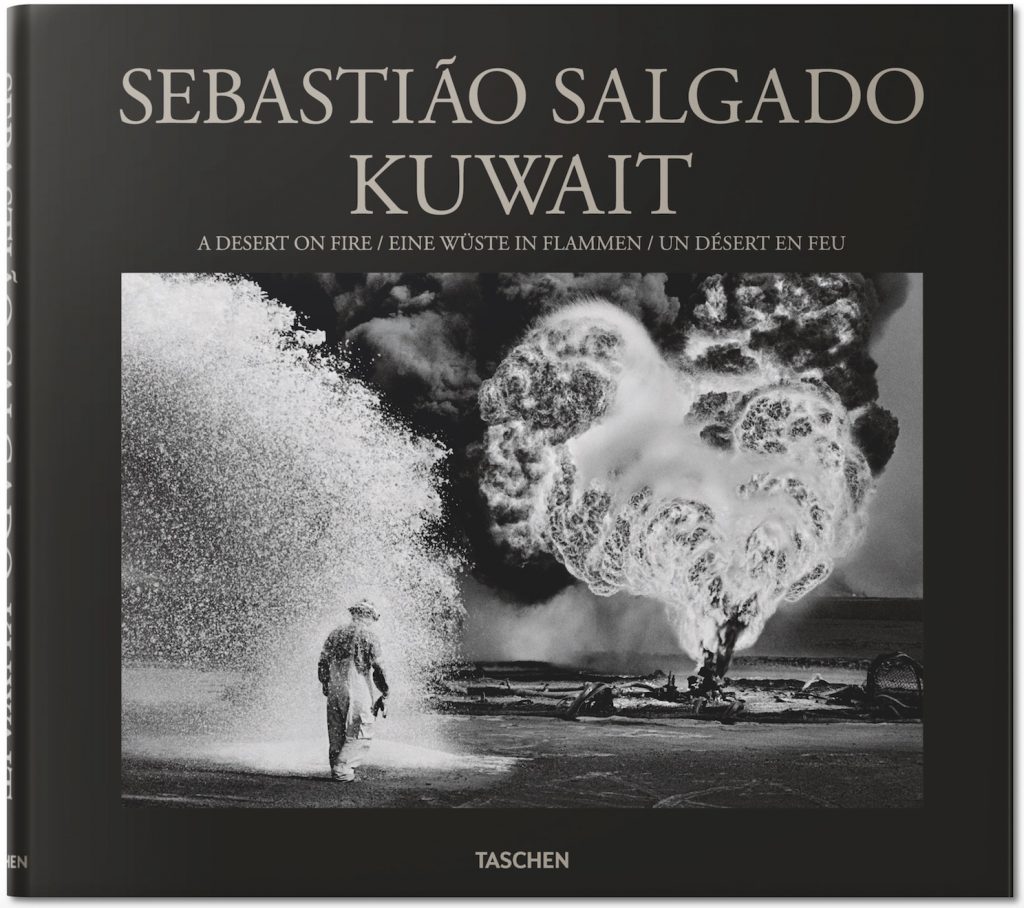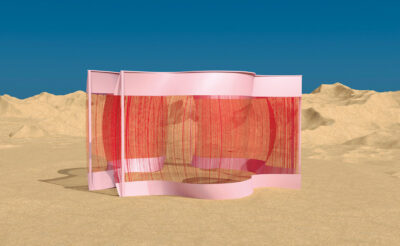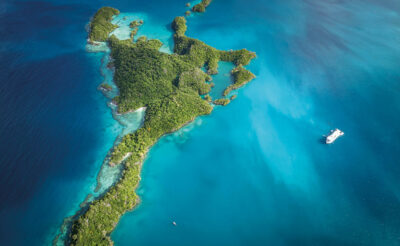“This book is dedicated to the few hundred fearless men from a handful of nations who brought courage and talent and risked lives and limbs to halt one of the worst environmental catastrophes in recent memory. For me, they were the true heroes of the First Gulf War.” - Sebastião Salgado
The above is a particularly touching acknowledgement by Kuwait: A Desert On Fire author Sebastiáo Salgado, and successfully sets the scene for a captivating book that’s brimming with torment and emotion.
The assortment of black and white photographs were taken in 1991 by the Brazilian photographer, after Saddam Hussein’s forces set alight multiple oil wells in Kuwait.
In January and February 1991, over 700 wells were ignited by Iraqi forces as they were driven out of region. The resulting vast and insatiable fires caused one of the worst environmental disasters in living memory. A scorched earth policy was implemented after a dispute between the two countries over alleged slant-drilling in the region.
Sebastião Salgado travelled to Kuwait to witness the destruction firsthand, and by doing so, documented the desperate efforts to contain and, later, extinguish the smouldering infernos and unpredictable explosions of dense oil. “It felt as if the end were nigh,” he writes, sincerely. “With the sun obliterated by dark smoke, a Dantean landscape stretched as far as the eye could see.”
The heat was so vicious that Salgado’s smallest lens warped, rendering it useless. “Thick pillars of crude oil spewed into the sky before falling back to the earth to form treacly black lakes that, without warning, could become gigantic infernos.”
During Salgado’s visit, oppressive temperaures and torrid, jet-black sand soon claimed the lives of a journalist, as well as a fellow photographer, both of whom were killed when a slick suddenly ignited from underneath them. “No less perilous were the toxic fumes, with some workers becoming dizzy and staggering away and others fainting and quickly dragged to safety by their colleagues.”
Salgado’s startling images first appeared in New York Times Magazine and were subsequently awarded the coveted Leica Oskar Barnack Award. An estimated one billion barrels of oil were lost before the last well was capped in November 1991, and Salgado has decided to publish his photographs 25 years after the drama it portrays.
Despite being taken a quarter of a century ago, each image boasts a timeless quality, that serves as a stark reminder that past tragedies continue to impact the world around us, and can reoccur, either today, or tomorrow.
